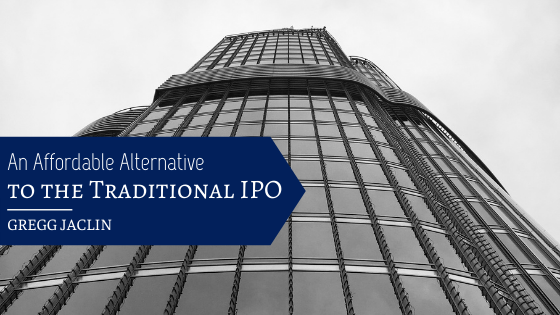Direct Listings As Alternate IPOs
There are some intrinsic differences between an IPO and a direct listing that tends to make the former more favorable for businesses looking to grow their capital. With an IPO, a business sells a number of its shares at a set price to allow investors to buy their stock in an effort to earn money. A direct listing traditionally does not follow the same pattern; instead, companies that do a direct listing will open up trading without setting aside shares to be sold, thereby limiting their ability to raise money but granting existing shareholders a means of liquidating their assets and making it possible for public investors to get involved in the future.
The New Model
While a traditional direct listing only allows existing shareholders to sell their stock, the new model allows companies to list new shares, as well. Much like a traditional IPO, all shares being offered (new and existing) must be priced the same and listed at the same time. With this model, companies are able to avoid the costs of underwriters and earn an opportunity to grow the business even without an exemplary cost of capital.
Reason for the Shift
This year, more companies turned toward special purpose acquisition companies (SPAC) as a means to going public without going through the official channels. Sixty-seven SPAC listings raised more than $23.9 billion this year; because of the market’s volatility and the widespread uncertainty surrounding the global pandemic and its ensuing crises, many companies have turned to SPAC listings as a safer and more affordable alternative to the traditional IPO approach. The NYSE witnessed this and sought to provide another alternative to curb the appeal of SPAC listings.
Even before the new direct listing approach was approved, notable companies like Slack and Spotify went the direct listing route instead of following the traditional IPO path. With the added incentives of greater opportunities to increase capital and lower costs, the new direct listing method of going public will surely appeal to modern companies and their shareholders.

